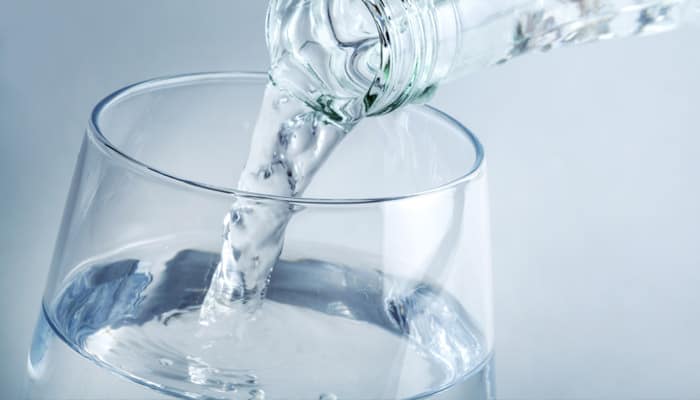On 11 April 2019, the ANSES published a notice on the evaluation of the relevance of pesticide metabolites in water intended for human consumption.
Pesticides contained in plant protection products and biocidal products are released into the environment through their use.
These substances and their metabolites can therefore be found in raw water used for the production of water for human consumption (EDCH) but also in tap water.
The presence of pesticide residues and their metabolites in water is regulated by the European Directive 98/83/EC on the quality of water for human consumption.
This text requires the search for pesticides and their relevant metabolites and sets quality limits in EDCHs at 0.1µg/L per individual substance and 0.5µg/L for the sum.
However, the Directive does not provide criteria for identifying the relevance of a metabolite.
The lack of a precise definition leads to different strategies from one Member State to another.
The notion of relevance in the EDCH is not defined in the French regulations, the current position is to consider that all detected pesticide metabolites are relevant.
The DGS therefore asked the Anses to define and specify the criteria for evaluating the relevance of pesticide metabolites in the EDCH, in particular on ESA alachlor, OXA alachlor, ESA acetochlor, OXA acetochlor, ESA acetochlor, ESA metolachlor, OXA metolachlor, ESA metazachlor and OXA metachlor.
As part of this notice, the ANSES Working Group (WG) provided:
- a definition of the notion of "relevance to EDCH": "
A pesticide metabolite is considered relevant to EDCH if it could be considered to pose (itself or its transformation products) an unacceptable health risk to the consumer".
- a process to determine whether a pesticide metabolite detected in EDCH is classified as "relevant to EDCH" or "not relevant to EDCH".
The WG has put in place a decision process to determine the relevance of pesticide metabolites for EDCH according to the following steps:
1) Examination of the biological activity known as "pesticide" activity
2) Examination of genotoxic potential
3) Review of toxicological data on reproductive toxicity and carcinogenesis of the metabolite
4) Review of data on the potential for endocrine disruption of the metabolite
5) Examination of the transformation of a metabolite into a product dangerous to human health in the EDCH treatment pathways
At the end of the application of the decision tree:
- If the metabolites are classified as relevant for EDCH, the quality limits laid down in Directive 98/83/EC and translated into national law at 0.1 µg/L and 0.5 µg/L shall apply.
- If metabolites are classified as "not relevant for EDCH", based on the principles of the TTC approach (Threshold of Toxicological Concern - Efsa-OMS, 2016), the ANSES proposes a threshold value of 0.9µg/L. According to current knowledge, this value is associated with an acceptable level of risk for substances that do not present genotoxicity.
As requested by the DGS, this methodology was applied to the following metabolites:
ESA Alachlor, OXA Alachlor, ESA Acetochlor, OXA Acetochlor, ESA Metolachlor, ESA Metolachlor, OXA Metolachlor, ESA Metazachlor and OXA Metazachlor.
Thus, the following are classified as "not relevant for EDCH":
- ESA alachlor
- ESA acetochlor
- acetochlor OXA
- the ESA metazachlor
- OXA metazachlor
Are classified as "relevant to EDCH":
- OXA alachlor
- the ESA metolachlor
- OXA metolachlor
It should be noted that this method is intended to be implemented by Anses for any pesticide metabolite on referral from the DGS.
Please note that Phytocontrol has the national approval of the Ministry of Health to carry out water sampling and analysis for sanitary control.
We offer you the analysis of a wide range of pesticides and metabolites on your fresh waters, natural mineral waters and carbogas waters. You will find details of our accreditations in our COFRAC technical appendix N°1-6066.
Feel free to
contact us for any further information.





